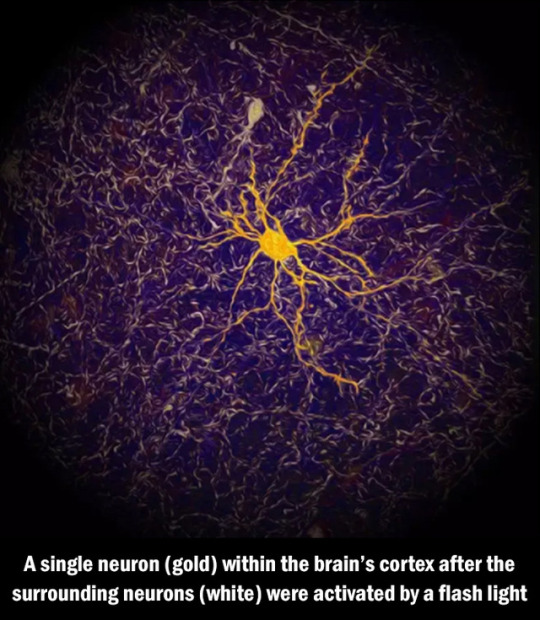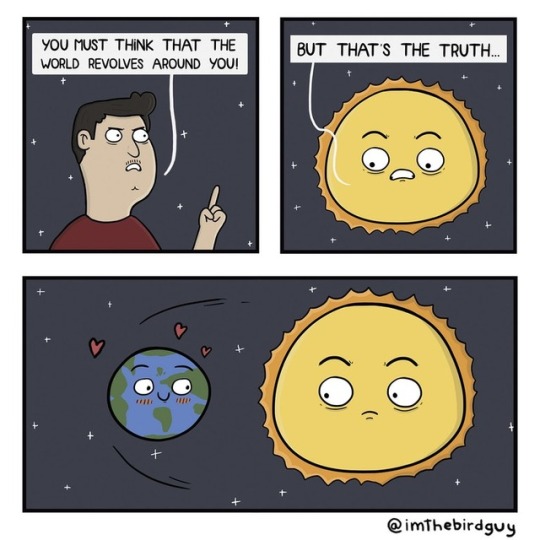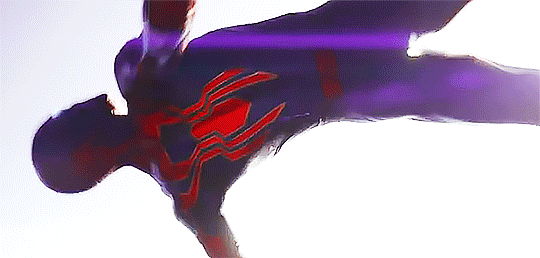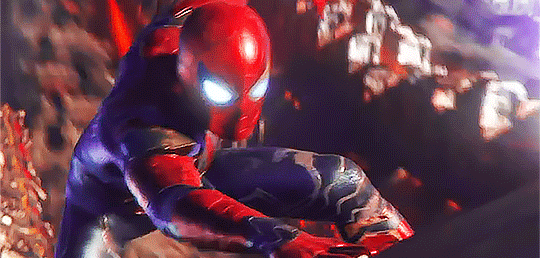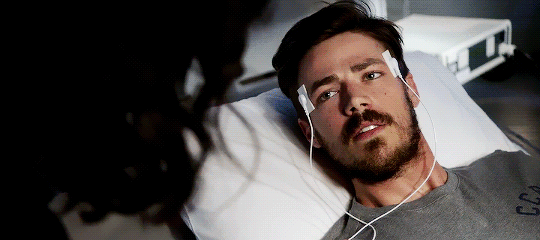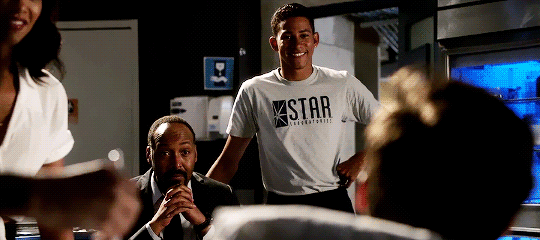Don't wanna be here? Send us removal request.
Photo




The Last Jedi Imax Posters
Created by Dan Mumford
621 notes
·
View notes
Photo

Hope you had nice holidays :)
https://www.instagram.com/kiteling/
30K notes
·
View notes
Photo

Share some love for these lil’ guys helping you get through the holidays! [@unofficially-nasa]
913 notes
·
View notes
Photo
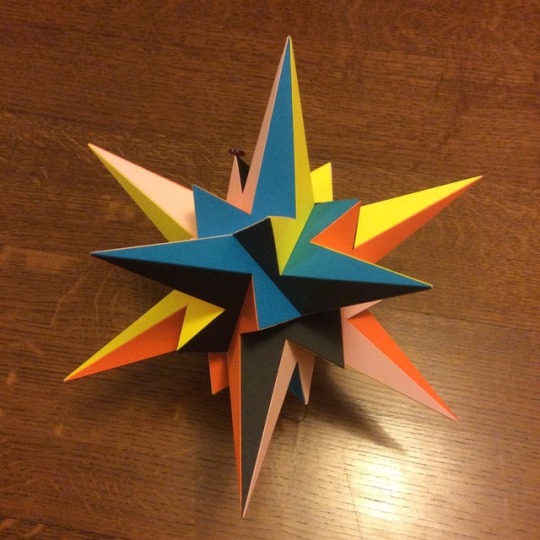
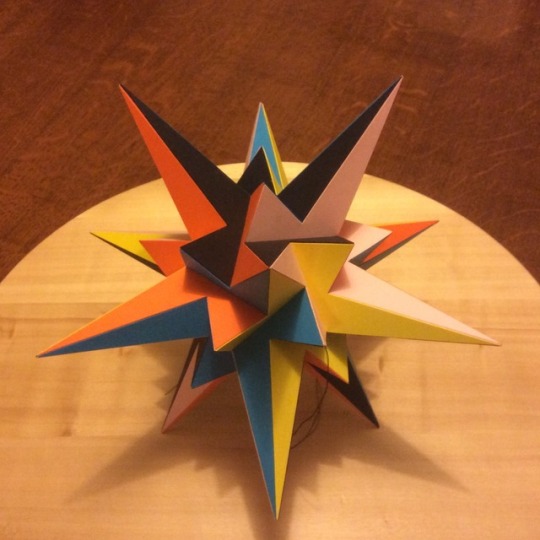

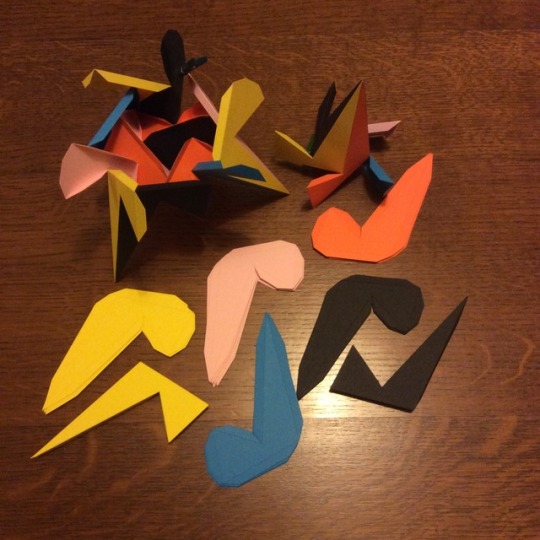
This jagged object is the fifteenth stellation of the icosahedron (or 53rd, depending on the numbering system you prefer). It is not the same as its mirror image, giving it a pleasing swirly shape.
It is formed from sixty identical facets. I made it by first assembling twelve sections that look a bit like turbine blades. The colour arrangement is the usual icosahedral one, with five colours.
Merry Christmas!
32 notes
·
View notes
Photo

Nature is always so helpful. 😀 ✏️: Rosemary Mosco/Bird and Moon Comics #science #snot #sick #sciencealert #birdandmoon #nature http://ift.tt/2jazlRi
71 notes
·
View notes
Text
SpaceX Dragon breathes Astronomical Amounts of Science to Space Station
SpaceX is helping the crew members aboard the International Space Station get down and nerdy as they launch their Dragon cargo spacecraft into orbit for the 13th commercial resupply mission, targeted for Dec. 15 from our Kennedy Space Center in Florida.

This super science-heavy flight will deliver experiments and equipment that will study phenomena on the Sun, materials in microgravity, space junk and more.

Here are some highlights of research that will be delivered to the station:
ZBLAN Fiber Optics Tested in Space!
The Optical Fiber Production in Microgravity (Made in Space Fiber Optics) experiment demonstrates the benefits of manufacturing fiber optic filaments in a microgravity environment. This investigation will attempt to pull fiber optic wire from ZBLAN, a heavy metal fluoride glass commonly used to make fiber optic glass.
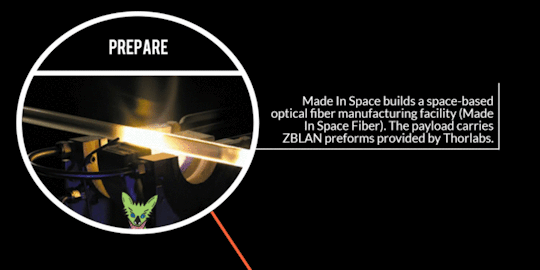
When ZBLAN is solidified on Earth, its atomic structure tends to form into crystals. Research indicates that ZBLAN fiber pulled in microgravity may not crystalize as much, giving it better optical qualities than the silica used in most fiber optic wire.
Total and Spectral Solar Irradiance Sensor is Totally Teaching us About Earth’s Climate
The Total and Spectral Solar Irradiance Sensor, or TSIS, monitors both total solar irradiance and solar spectral irradiance, measurements that represent one of the longest space-observed climate records. Solar irradiance is the output of light energy from the entire disk of the Sun, measured at the Earth. This means looking at the Sun in ways very similar to how we observe stars rather than as an image with details that our eye can resolve.
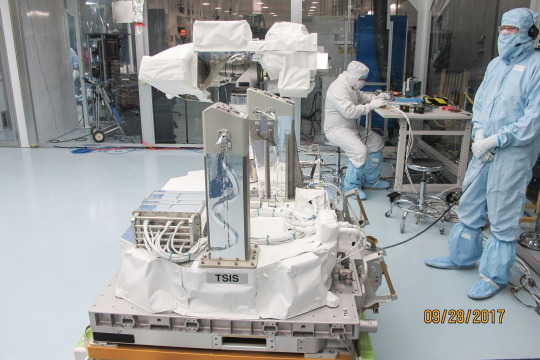
Understanding the variability and magnitude of solar irradiance is essential to understanding Earth’s climate.
Sensor Monitors Space Station Environment for Space Junk
The Space Debris Sensor (SDS) will directly measure the orbital debris environment around the space station for two to three years.
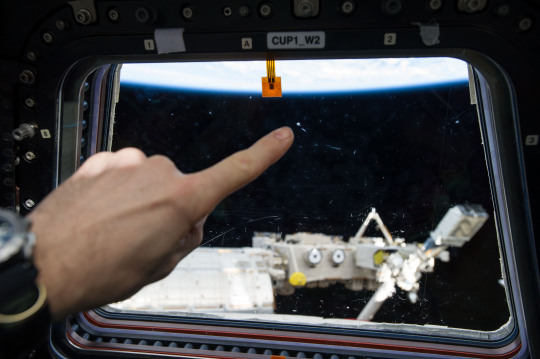
Above, see documentation of a Micro Meteor Orbital Debris strike on one of the window’s within the space station’s Cupola.
Research from this investigation could help lower the risk to human life and critical hardware by orbital debris.
Self-Assembling and Self-Replicating Materials in Space!
Future space exploration may utilize self-assembly and self-replication to make materials and devices that can repair themselves on long duration missions.

The Advanced Colloids Experiment- Temperature-7 (ACE-T-7) investigation involves the design and assembly of 3D structures from small particles suspended in a fluid medium.
Melting Plastics in Microgravity
The Transparent Alloys project seeks to improve the understanding of the melting and solidification processes in plastics in microgravity. Five investigations will be conducted as a part of the Transparent Alloys project.
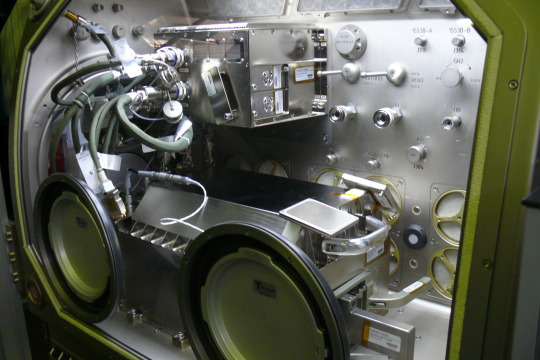
These European Space Agency (ESA) investigations will allow researchers to study this phenomena in the microgravity environment, where natural convection will not impact the results.
Studying Slime (or…Algae, at Least) on the Space Station
Arthrospira B, an ESA investigation, will examine the form, structure and physiology of the Arthrospira sp. algae in order to determine the reliability of the organism for future spacecraft biological life support systems.
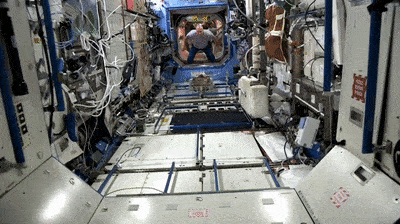
The development of these kinds of regenerative life support systems for spaceflight could also be applied to remote locations on Earth where sustainability of materials is important.
youtube
Follow @ISS_Research on Twitter for more space science and watch the launch live on Dec. 15 at 10:36 a.m. EDT HERE!
For a regular dose of space-nerdy-goodness, follow us on Tumblr: https://nasa.tumblr.com/.
2K notes
·
View notes
Text
Why haven’t we found a cure for cancer?

Why is it so difficult to cure cancer? We’ve harnessed electricity, sequenced the human genome, and eradicated small pox. But after billions of dollars in research, we haven’t found a solution for a disease that affects more than 14 million people and their families at any given time.

Cancer arises as normal cells accumulate mutations. Most of the time, cells can detect mutations or DNA damage and either fix them or self destruct. However, some mutations allow cancerous cells to grow unchecked and invade nearby tissues, or even metastasize to distant organs. Cancers become almost incurable once they metastasize. And cancer is incredibly complex. It’s not just one disease. There are more than 100 different types and we don’t have a magic bullet that can cure all of them.
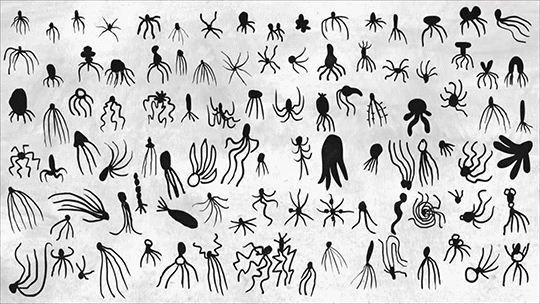
For most cancers, treatments usually include a combination of surgery to remove tumors and radiation and chemotherapy to kill any cancerous cells left behind. Hormone therapies, immunotherapy, and targeted treatments tailored for a specific type of cancer are sometimes used, too. In many cases, these treatments are effective and the patient becomes cancer-free. But they’re very far from 100% effective 100% of the time. So what would we have to do to find cures for all the different forms of cancer? We’re beginning to understand a few of the problems scientists would have to solve.

First of all, we need new, better ways of studying cancer. Most cancer treatments are developed using cell lines grown in labs from cultures of human tumors. These cultured cells have given us critical insights about cancer genetics and biology, but they lack much of the complexity of a tumor in an actual living organism. It’s frequently the case that new drugs, which work on these lab-grown cells, will fail in clinical trials with real patients.
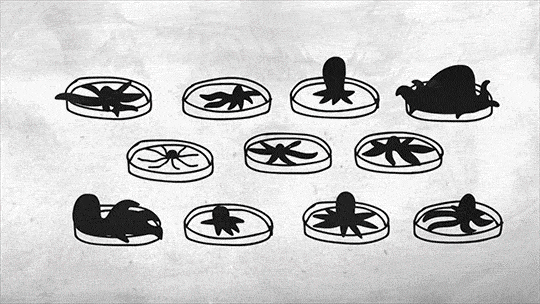
One of the complexities of aggressive tumors is that they can have multiple populations of slightly different cancerous cells. Over time, distinct genetic mutations accumulate in cells in different parts of the tumor, giving rise to unique subclones.

For example, aggressive brain tumors called glioblastomas can have as many as six different subclones in a single patient. This is called clonal heterogeneity, and it makes treatment difficult because a drug that works on one subclone may have no effect on another.

Here’s another challenge. A tumor is a dynamic interconnected ecosystem where cancer cells constantly communicate with each other and with healthy cells nearby. They can induce normal cells to form blood vessels that feed the tumor and remove waste products. They can also interact with the immune system to actually suppress its function, keeping it from recognizing or destroying the cancer. If we could learn how to shut down these lines of communication, we’d have a better shot at vanquishing a tumor permanently.

Additionally, mounting evidence suggests we’ll need to figure out how to eradicate cancer stem cells. These are rare but seem to have special properties that make them resistant to chemotherapy and radiation. In theory, even if the rest of the tumor shrinks beyond detection during treatment, a single residual cancer stem cell could seed the growth of a new tumor. Figuring out how to target these stubborn cells might help prevent cancers from coming back.
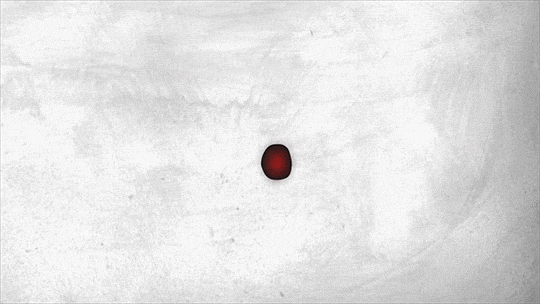
Even if we solved those problems, we might face new ones. Cancer cells are masters of adaptation, adjusting their molecular and cellular characteristics to survive under stress. When they’re bombarded by radiation or chemotherapy, some cancer cells can effectively switch on protective shields against whatever’s attacking them by changing their gene expression. Malignant cancers are complex systems that constantly evolve and adapt. To defeat them, we need to find experimental systems that match their complexity, and monitoring and treatment options that can adjust as the cancer changes.

But the good news is we’re making progress. Even with all we don’t know, the average mortality rate for most kinds of cancer has dropped significantly since the 1970s and is still falling. We’re learning more every day, and each new piece of information gives us one more tool to add to our arsenal.
From the TED-Ed Lesson Why is it so hard to cure cancer? - Kyuson Yun
Animation by Artrake Studio
3K notes
·
View notes
Photo

Batman & Robin/Charlie Brown Christmas 🎄
One of the best mashups ever!
by Sarah Johnson
Original Charlie Brown Christmas (below)

116 notes
·
View notes
Quote
It’s so beautiful. It’s so beautiful it makes me want to cry. It’s the fulfillment of dozens, hundreds, thousands of people’s efforts, but it’s also the fulfillment of an idea suddenly becoming real.
Peter Saulson of Syracuse University, who has spent more than three decades working on the detection of gravitational waves.
Astronomers Strike Gravitational Gold In Colliding Neutron Stars
(via npr)
814 notes
·
View notes
Photo

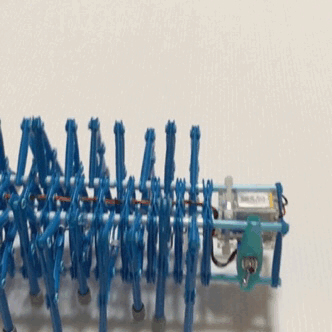
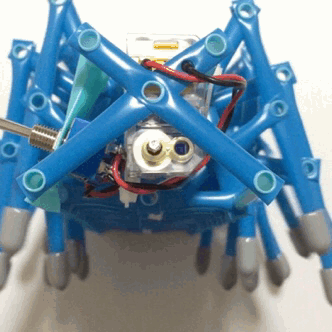
22-legged walking machine made of straws.
https://www.desmos.com/calculator/iliqyrwugv
590 notes
·
View notes
